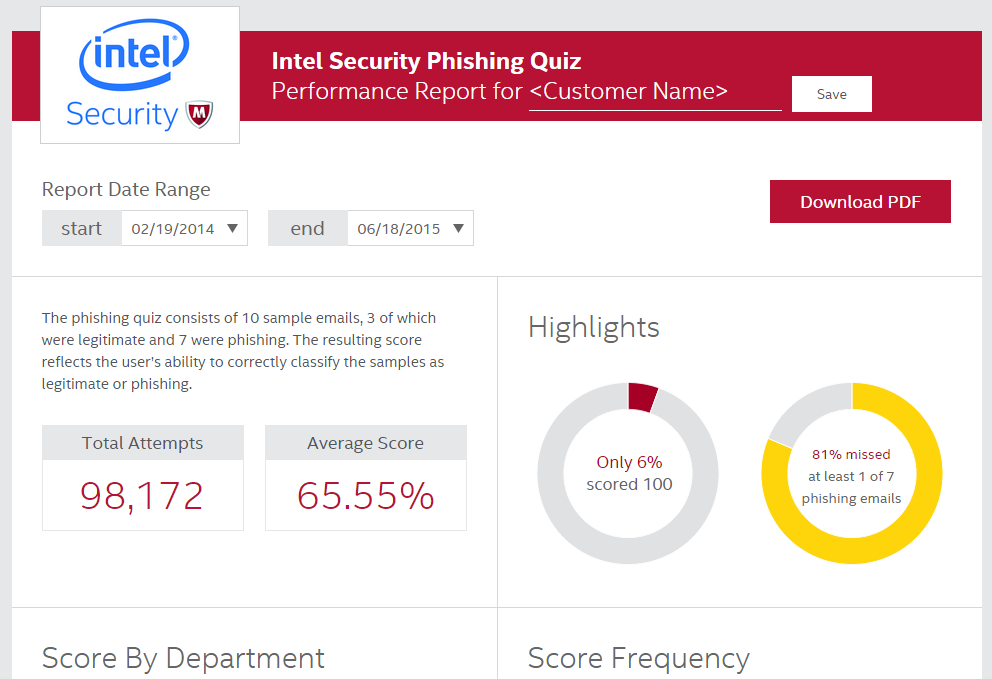How good is your company at identifying phishing emails? This is a question that Intel Security wants to help you answer.
The same company that brought out results of its phishing quiz last month and announced that 97 per cent of people globally were unable to correctly identify phishing emails has released a reporting tool to the channel that can be used to assess a customer’s company, all free of charge.

A sample question in the phishing quiz.
“Partners are always looking for a great reason to look for new prospects,” said Dave Bull, director of product marketing at Intel Security. He explained that the free tool and reporting makes for a great way for partners to show clients that they could benefit from better security solutions.
Available through the partner portal, Intel Security’s phishing quiz can now be set up for client companies to provide detailed reporting on how well its employees (and departments) fare.
The quiz itself, which can be accessed at https://phishingquiz.mcafee.com, features 10 emails that were compiled by Intel, and individuals are asked to assess whether they are legitimate or phishing attempts. Their results are then compared to country and world averages. The company also breaks down each of the 10 emails to show why they were real or fake.

A sample report provided to a company by a channel partner.
For a company, other trends are highlighted, including how individual departments scored. Interestingly enough, Bull said that from what he has observed, Accounting and HR, who often have the most sensitive information, tend to do the worst.
“There’s a strong need for educational tools in the security space,” he said.
He cited other technologies such as that offered by PhishMe which work with companies to target employees with emails to test their capabilities. While he said Intel would consider both offering those solutions as well as partnering with companies that already do, these solutions cost money.
This way, companies both big and small can decide how to proceed after getting their results.
“It’s up to the partner to have that conversation,” Bull said.




